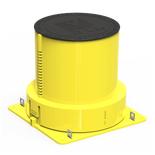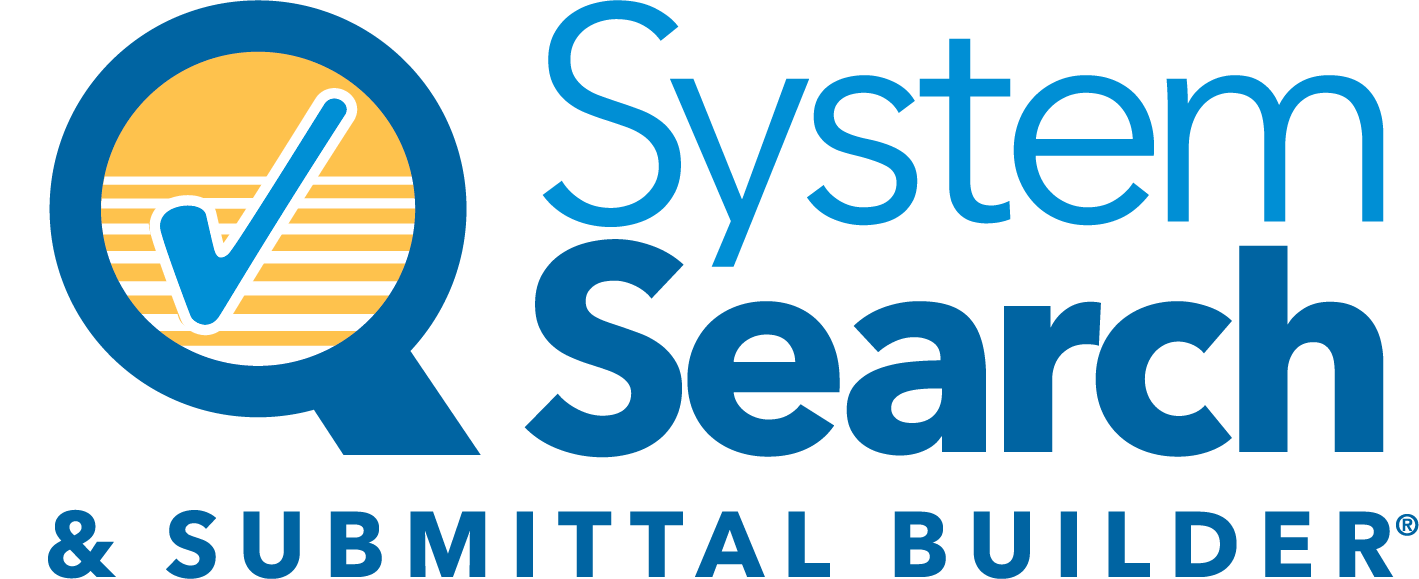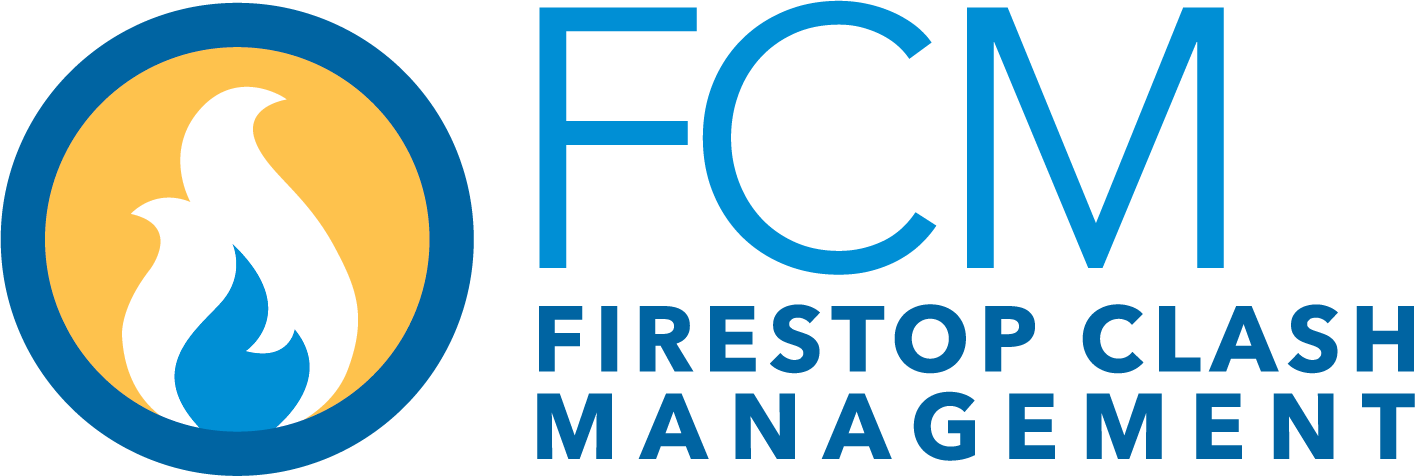New Generation Cable Transits Designed to Embrace Change

One thing is for certain when it comes to technology, change is inevitable. As newer generation technology becomes available to support sophisticated data and communication networks, quite often the network cabling must be modified or replaced. In structured cabling parlance, such modifications are referred to as cable Moves, Additions, or Changes, or MAC work. While new generation technology platforms trigger MAC work, the one area that has not kept up with the times are the cable transits used to route cables through bulkheads and decks.
The most common type of cable transits are the block and frame transits, often referred to as a “multi cable transit”, routing individual cables through rubber blocks. These traditional cable transits can be cumbersome and present challenges, making cable changes very labor intensive. Alternative welded steel sleeves and flexible sealant systems can often increase cable fill percentage and provide better ease of installation, but also still have limitations. Cables are effectively glued together with liquid-applied sealants, and while the cured seal can be cut into to add or remove cables, this still requires diligence to re-seal the opening to patch or repair the damaged seals.
EZ-Path® Marine Cable Transits integrate emerging technology and are designed to embrace change. These transit devices are purpose-made to handle cables passing through non-watertight bulkheads and decks that will be subject to frequent moves, additions, and changes. They incorporate self-sealing intumescent foam pads that automatically adjust to the cable load. As cables are inserted, the pads retract and once installed, the pads rebound to tightly seal around the grouped cables. In the event of a fire, the intumescent pads will expand with heat to form a dense, insulative char that resists passage of flames, hot gases, and smoke in accordance with IMO FTP requirements. The individual cable transits can also be ganged together to increase cable capacity.
EZ-Path® Marine Cable Transits significantly reduce both upfront installation costs and the total cost of ownership. Shipyards, platforms and their contractors benefit from the faster installation time, and once installed, there are no additional actions other than pulling the cables. Also, since the devices self-seal automatically, significant time can be reallocated to other construction activities that would ordinarily be reserved for sealing the transit after cable installation.
Owners and operators benefit long term. Since self-sealing cable transits always remain sealed, there is no risk that they would ever be left unsealed like traditional cable transits, thereby eliminating compliance issues during safety surveys while safeguarding crew safety. Cable changes can also be made remotely by leaving pulling strings inside the cable transits. MAC work can be made quickly and efficiently, without the need to re-open transit frames or make new openings in the division during refurbishment.
As technology continues to improve, EZ-Path® Marine Cable Transits are designed to embrace change and quickly becoming the benchmark standard for cable penetrations in non-watertight divisions.
While the EzPath are specifically engineered for use in non-watertight divisions, and provide an excellent air and smoke seal, they are not rated for use in watertight divisions. For water and gas tight solutions, please visit the STI stand inside the Offshore Alabama pavilion at OTC. NRG Center Hall B, # 3967 and ask to see the M-Pact Solutions.
See our write up and ad today in Offshore Industry News pages 48 and 49.


























